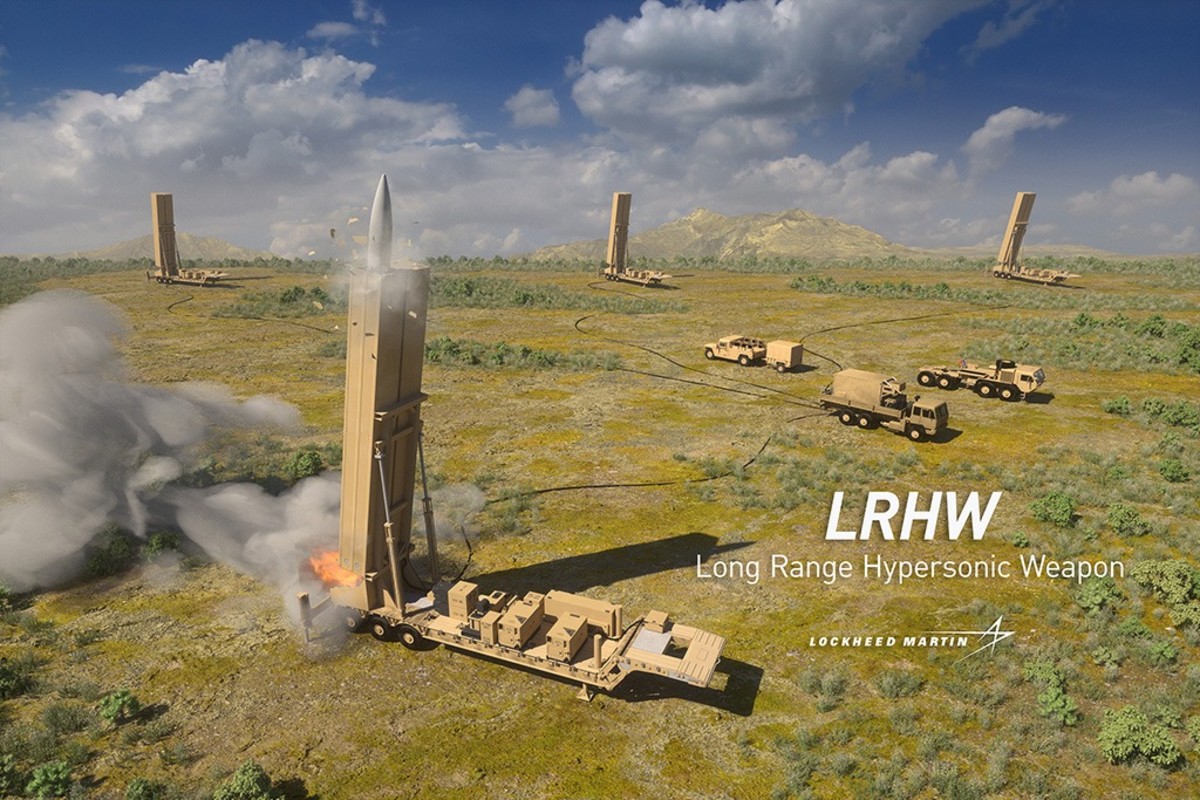KRIS OSBORN
 (Washington D.C.) In recent years, Senior Pentagon weapons developers and leaders have publicly said the US was “number 3” in the world behind Russia and China in the realm of hypersonic weapons.
(Washington D.C.) In recent years, Senior Pentagon weapons developers and leaders have publicly said the US was “number 3” in the world behind Russia and China in the realm of hypersonic weapons.Hypersonic Weapons
Both Russia and China have made headlines with hypersonic weapons tests and various demonstrations, developments which certainly got noticed at the Pentagon. Much is known about highly-visible Russian and Chinese hypersonic weapons often highlighted in their respective state media outlets. However, Beneath the visibility and clamor of attention focused on Russian and Chinese hypersonic weapons, the US has quietly been making rapid progress of its own in the realm of hypersonics. The Air Force and Army, for instance, are already “firing” cutting edge hypersonic weapons and the Navy plans to arm its Zumwalt destroyers with hypersonics by 2025.
Last May, for instance, the Air Force successfully fired its AGM-183A Air-Launched Rapid Response Weapon (ARRW) from a B-52.
“Following separation from the aircraft, the ARRW's booster ignited and burned for expected duration, achieving hypersonic speeds five times greater than the speed of sound,” an Air Force statement from last year stated.
However, despite this promising development, more recent tests have proven less successful. A report in Breaking Defense from March 29 says the service will not buy the ARRW, citing a recently failed test.
Air Force Research Lab Commanding General Talks Hypersonics
As a weapon which was quickly nearing operational maturity, the ARRW introduced the promise of bringing paradigm-changing dimensions to air attack, as the weapon can reach speeds as fast as Mach 20 and target land and surface targets from the air. An ARRW-armed F-35, for instance, could use its long range sensors to identify enemy ships or surface drones and destroy them in minutes or seconds from safe stand-off ranges. The advent of hypersonic-armed aircraft will bring new tactics to air attack and massively accelerate the speed of attack. Therefore, even if ARRW does not go forward, the service has learned critical lessons about the development and integration of fighter-jet launched hypersonics.
The Army is not far behind with its Long Range Hypersonic Weapon, a new weapon with a common Army-Navy glide body “all up round” warhead slated to be ready this year. Called the “Dark Eagle,” the Long Range Hypersonic Weapon is slated to deploy a missile battery of four launchers, with each launcher containing two hypersonic missiles.
Transportable on board an Air Force C-17, the LRHW is intended to be road-mobile such that it can hold targets at risk from multiple changing locations to maximize surprise and speed of attack.
Perhaps of greatest significance, Army weapons developers are already thinking of next-generation applications of hypersonic weapons by developing a “tech insertion” program aimed at enabling hypersonic attack to hit “moving targets.”
“We have laid out priorities for near term tech insertion. We plan to hold multiple targets at risk through communication with the weapon in flight and hit a moving or relocated target. We will also improve the warhead,” Robert Strider, Deputy, Army Hypersonic Project Office, told an audience several years ago in 2021 at the Space and Missile Defense Symposium in Huntsville Ala.
The Navy’s Tomahawk missile has a two-way data link enabling it to re-route in flight as targets change and a maritime variant of the missile can adjust in flight to moving targets at sea. The Navy’s SM-6 missile is equipped with a dual-mode seeker allowing the weapon itself to send forward and electromagnetic ping, analyze the return and adjust course as needed to destroy repositioning targets. Semi-active laser spots are regularly used to pinpoint moving targets with Hellfire missiles, artillery and even air-dropped bombs. Precision targeting against moving targets … exists, an ability to change course in flight exists and an ability for a single missile to hit more than one target with multiple re-entry vehicles exists as well.
No comments:
Post a Comment